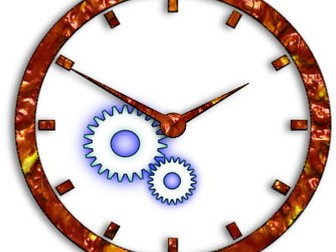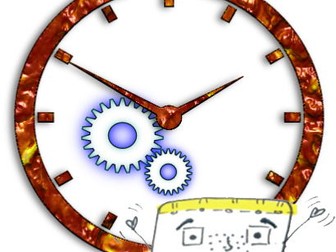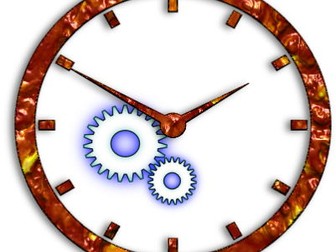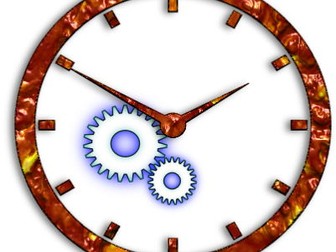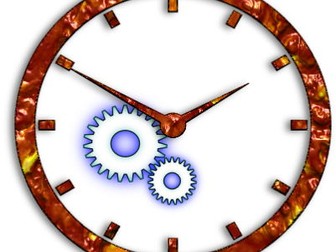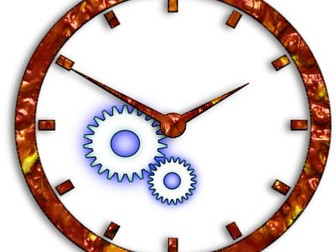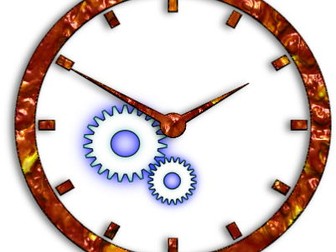
Python Turtle Graphics Workbook
A 20 page booklet which walks student through the basics of how to use Python by using LOGO like turtle graphics. Covers basic commands, IF, For Loops and variables. I developed it for some weaker year 8 students who were disillusioned with the whole programming idea, I have since used it for whole groups and as a 3-4 lesson booklet for a non-specialist cover teacher to use.
Has some simple challenges and activities to try also.
